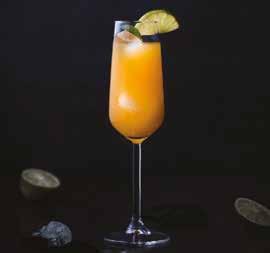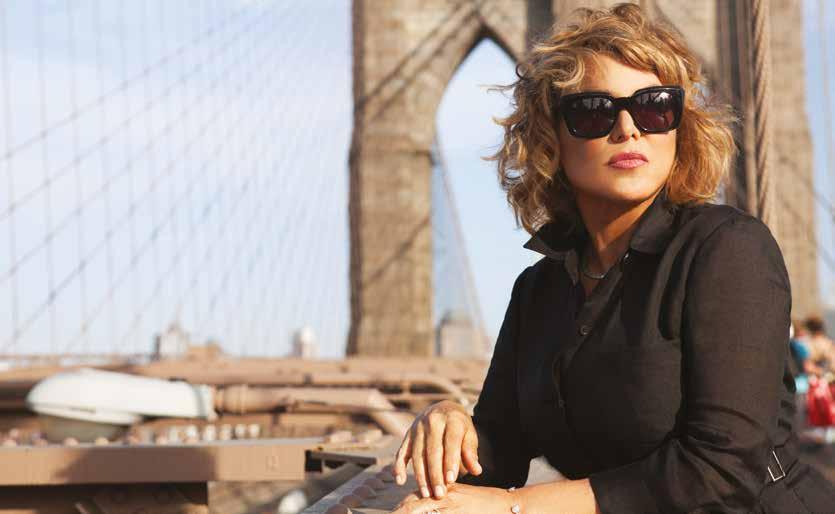A WHALE OF A TALE The Hudson River is once again teeming with sea life. by Catherine McVay Hughes photography by Artie Raslich/Gotham Whale
THE EFFORTS OF REGULATORS, environmental groups, and New York scientists and citizens have greatly improved the conditions of the Hudson River and waters in and around New York Harbor. With these improvements, the food chain has rebounded, the water is cleaner, and supports a diverse ecology, from oysters to whales. The waters of New York are now a feeding ground for seabirds, seals, sharks, dolphins, and whales. 2020 brought into focus our immediate surroundings as we became outdoor vacationers in New York City. A highlight has been increased sightings of whales, most recently in December in New York Harbor, and throughout last summer in the shallows of the Atlantic Ocean. This has only been documented since 2011 and each year the numbers of humpback whales have increased dramatically, according to Gotham Whale. A humpback whale stole the show as it frolicked up the Hudson River by the Statue of Liberty and points north. It grabbed our hearts and gave us hope that we can build a better world together. These visits owe a lot to the resurgence of a cornerstone species called Menhaden, a feeder-fish species also known as bunker. Many different groups worked to protect these fish from overfishing, because they are also critical to the survival of the Atlantic striped bass, bluefish, tarpon, and other sport and commercial fisheries.
THE FOOD CHAIN & OMEGA 3 Americans spend more than $1 billion a year on over-the-counter fish oil. A 2018 New England Journal of Medicine study found that Omega-3 fatty acid supplements “did not result in a lower incidence of major cardiovascular events or cancer than placebo.” A downtown resident and dad, Paul Greenberg, explains in his book, The Omega Principle: Seafood and the Quest for a Long Life and a Healthier Planet, that most Omega-3 supplements come from the little fish such as the Menhaden that big fish (and whales) eat. Consequently, when the reduction fishery targets smaller wild fish to make them into fish oil for vitamins or meal, a key portion of the food chain is significantly reduced.
66
DOWNTOWNNYC THE REFORMERS 2021























